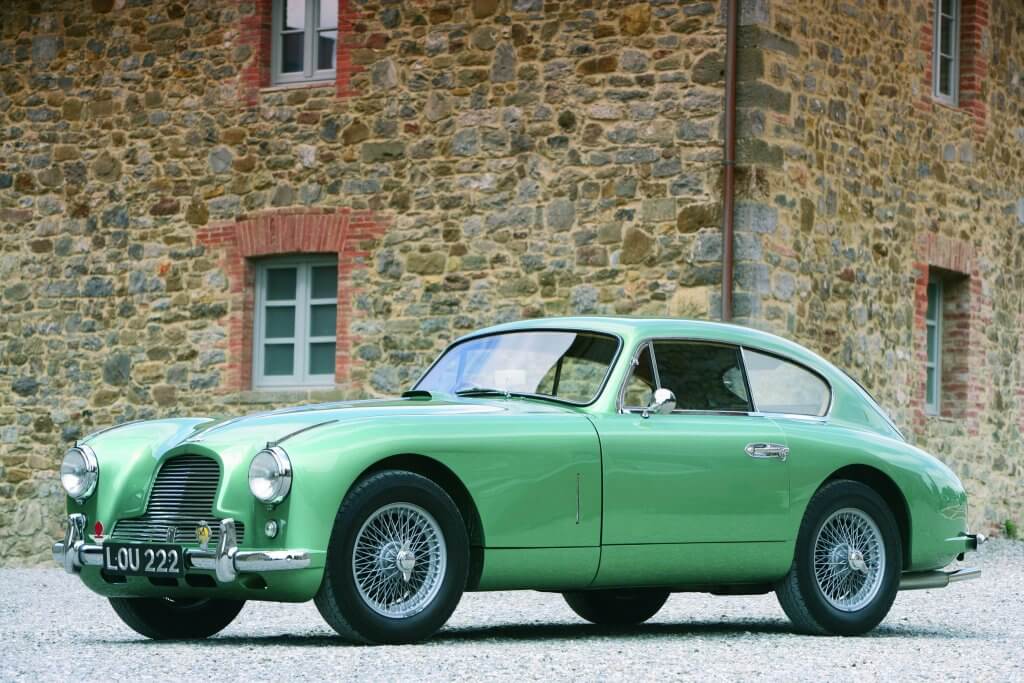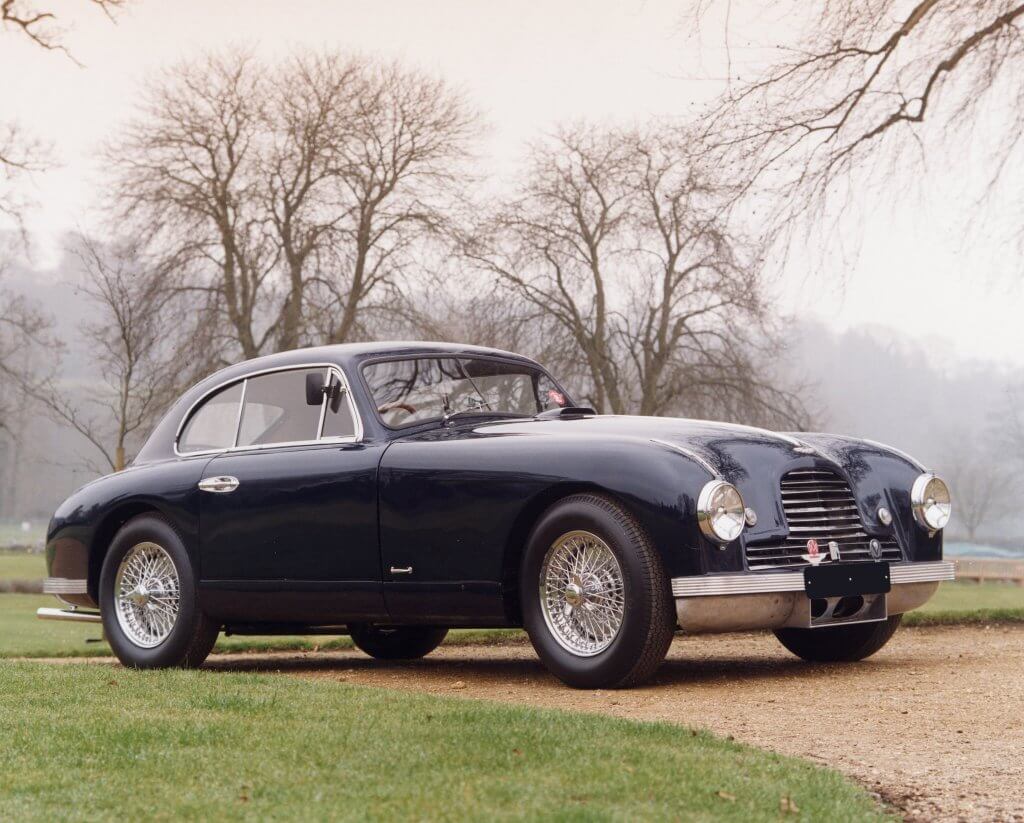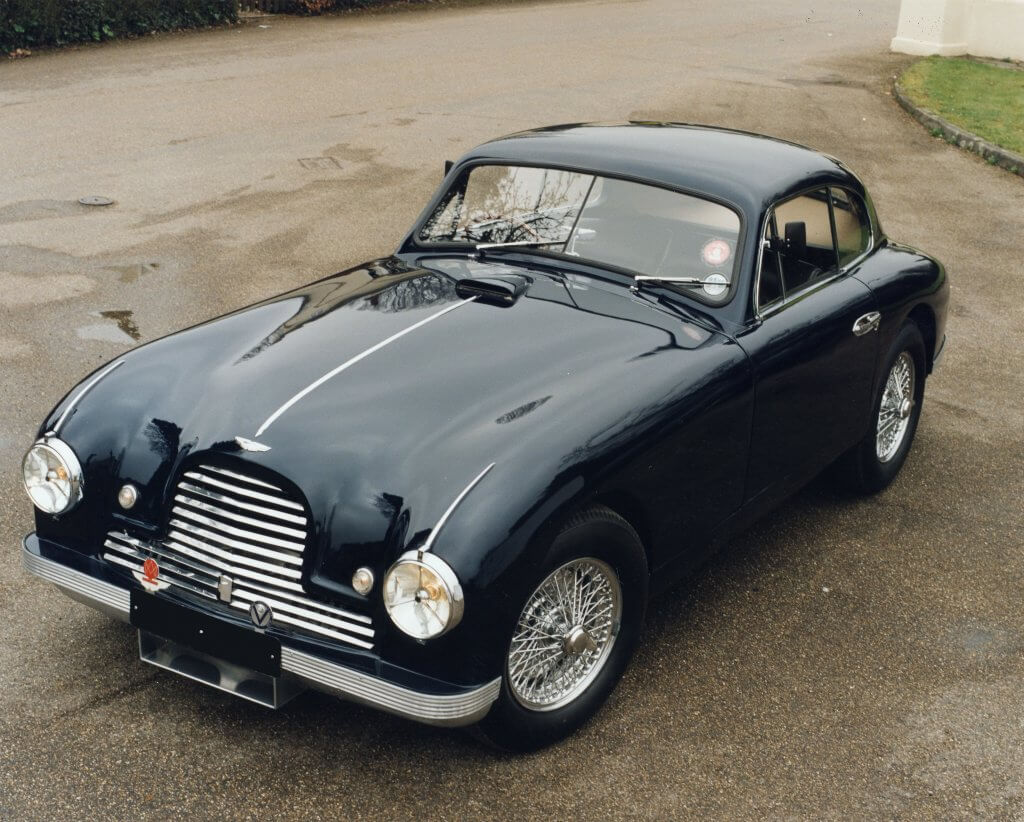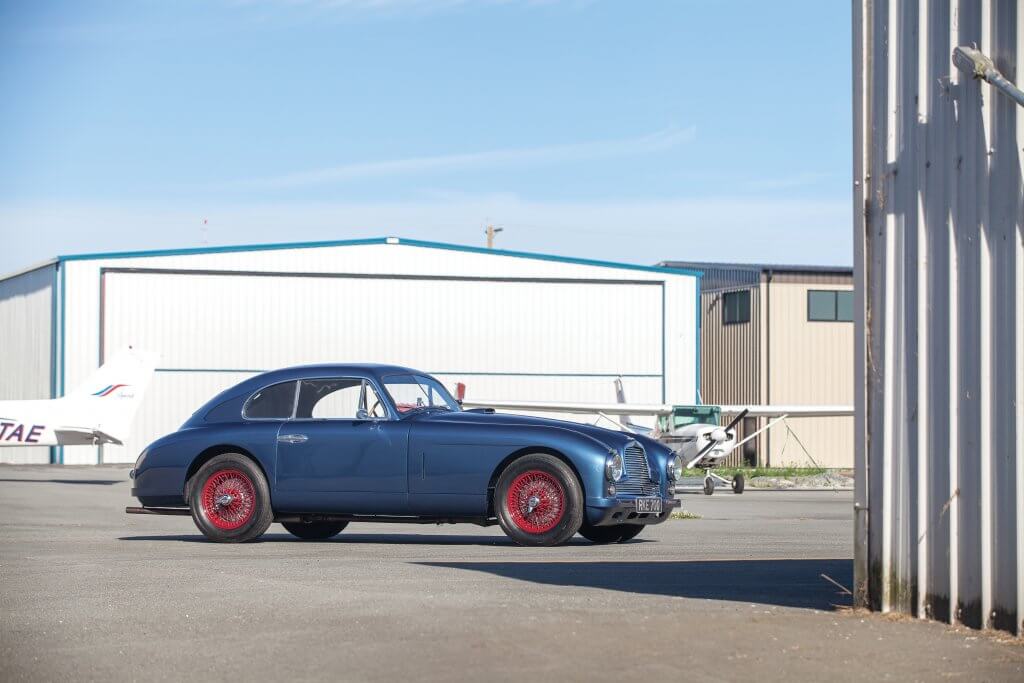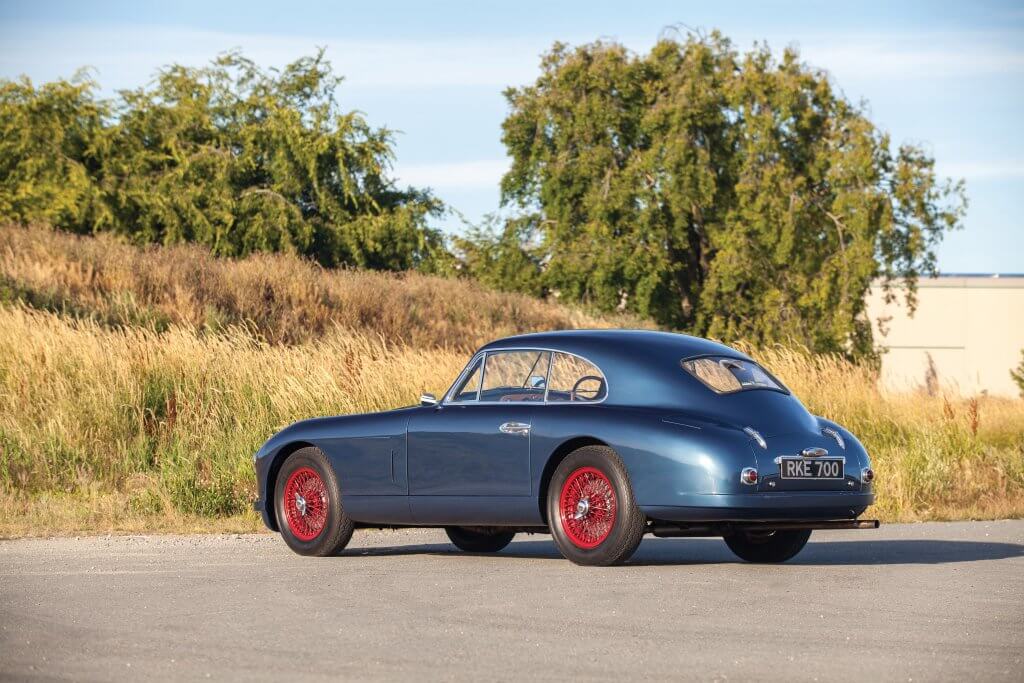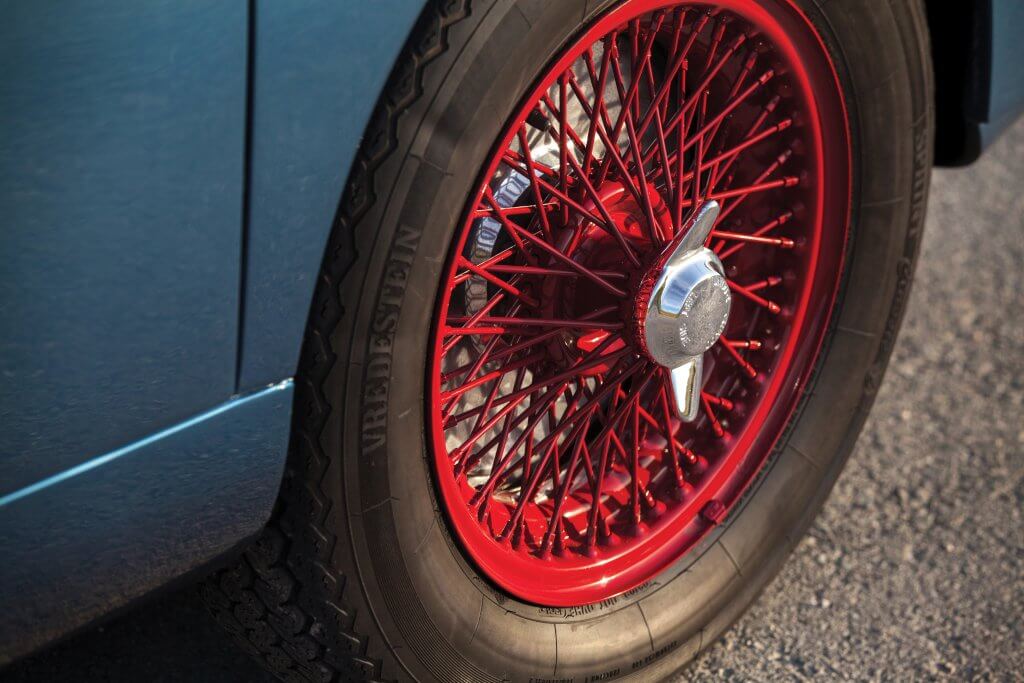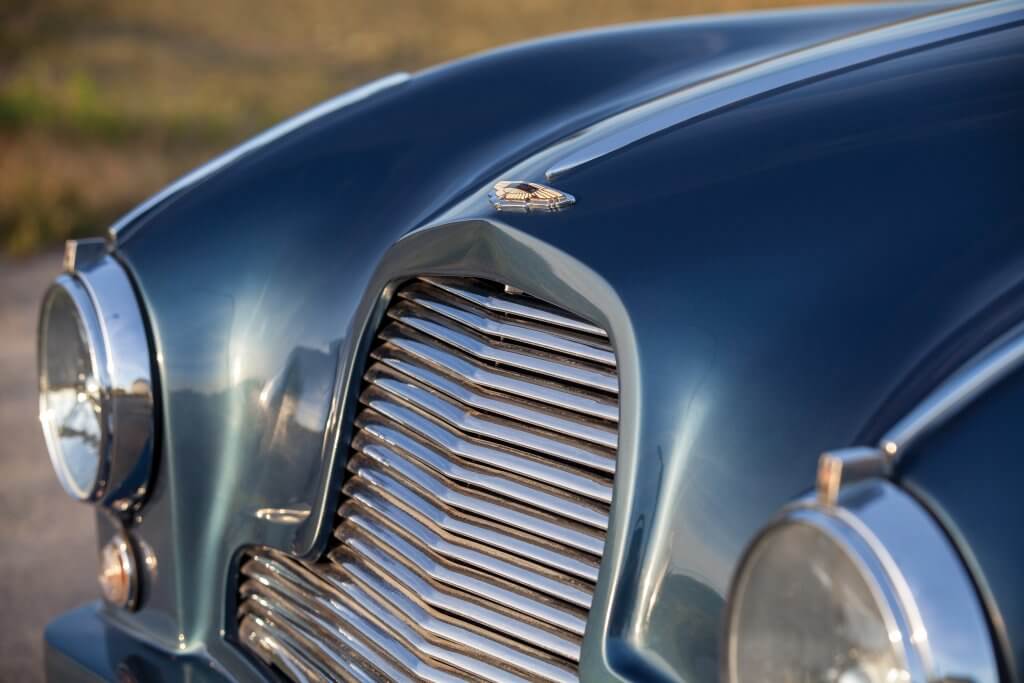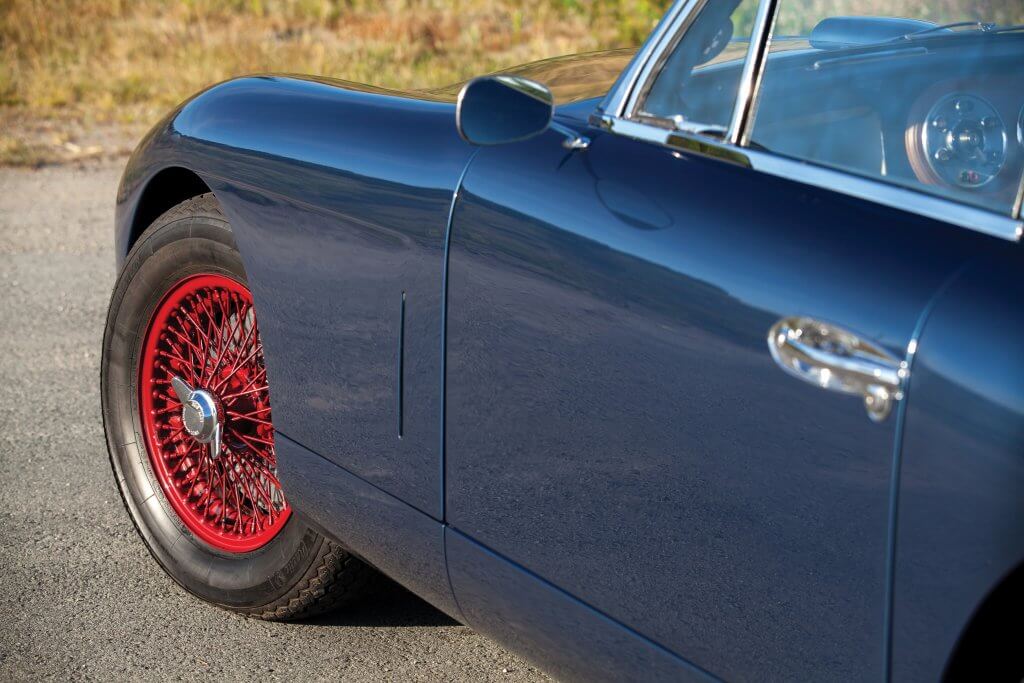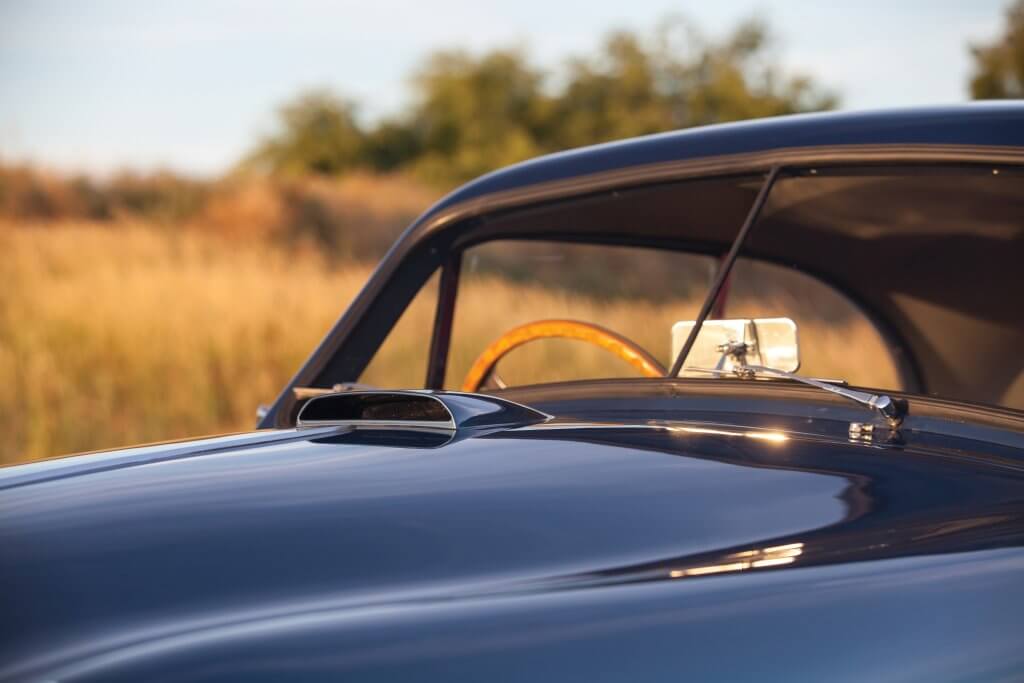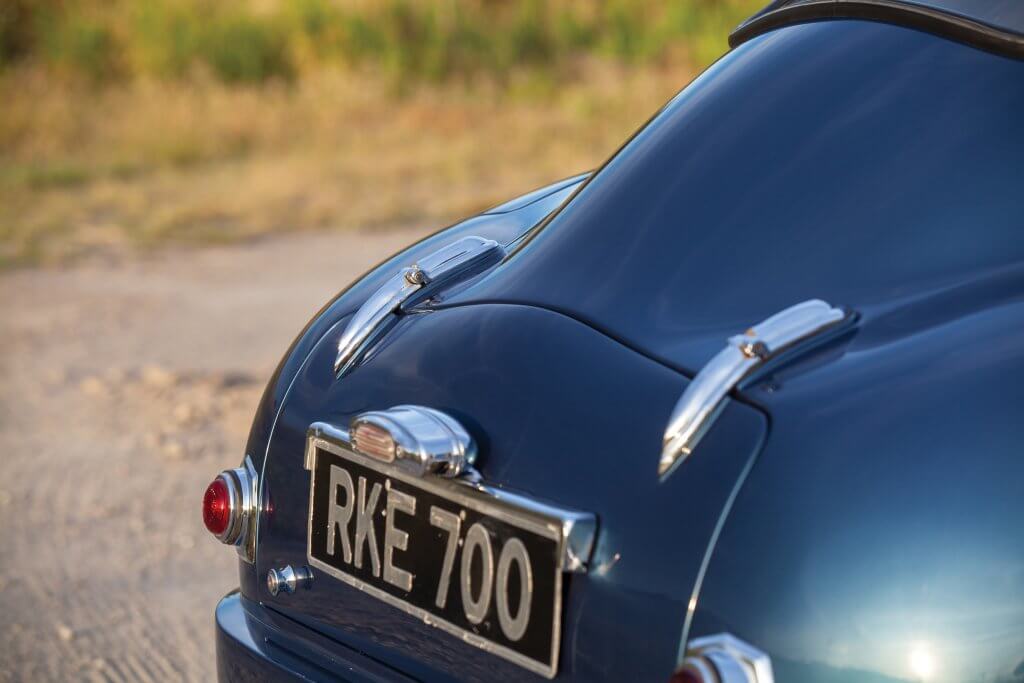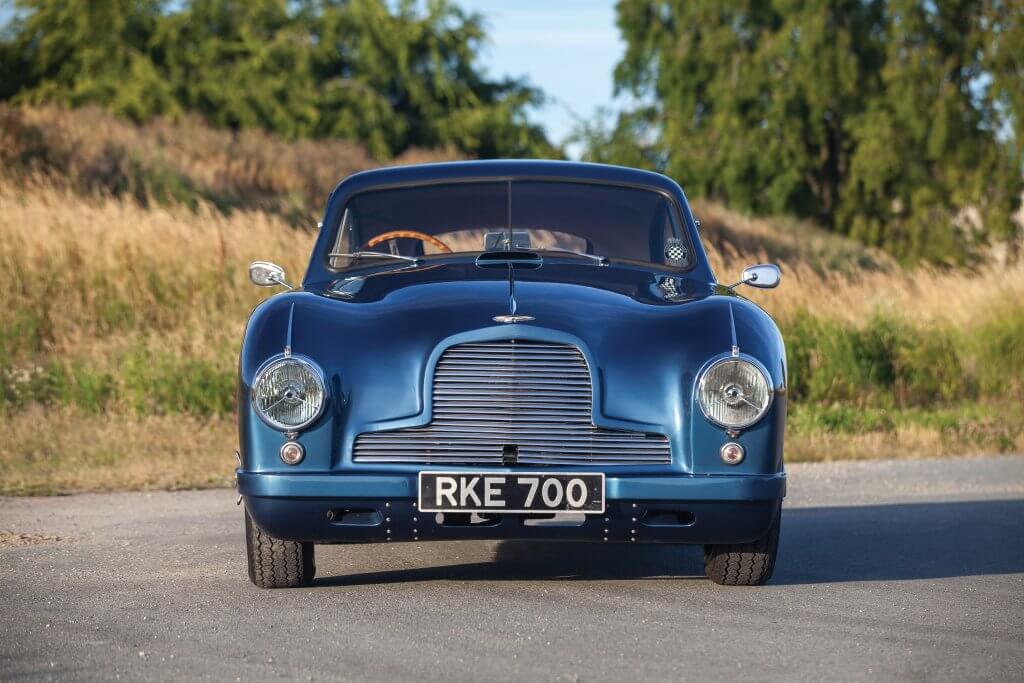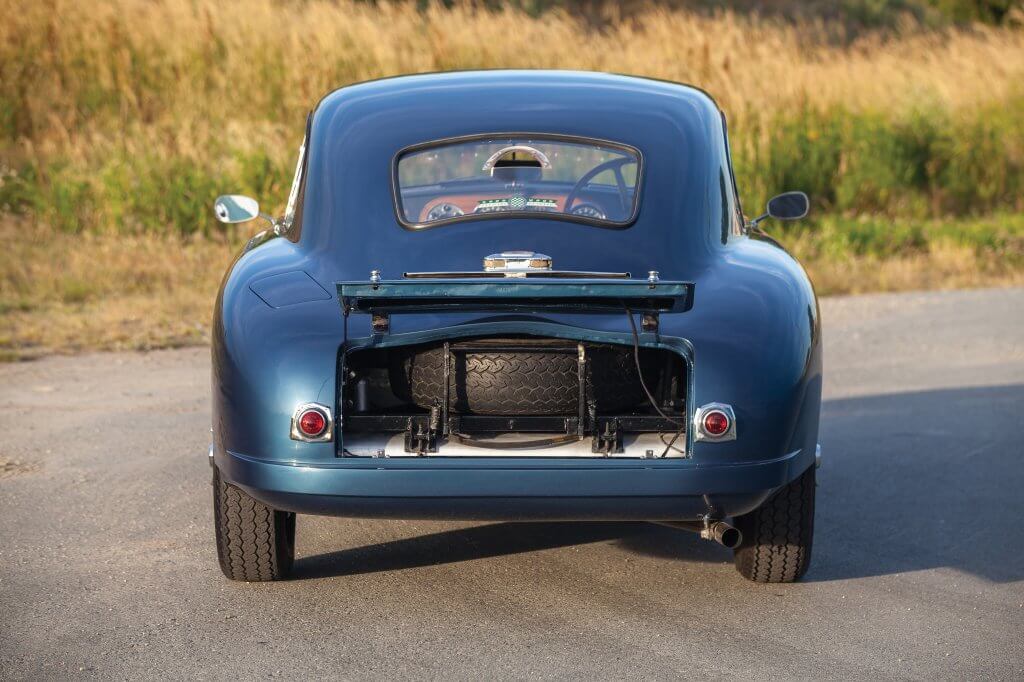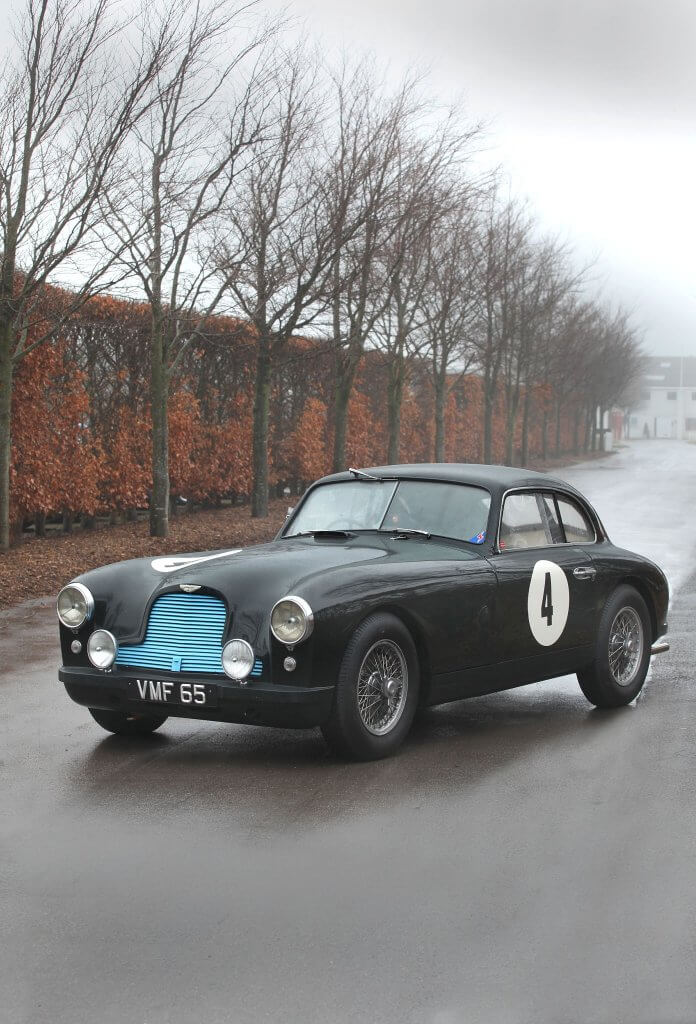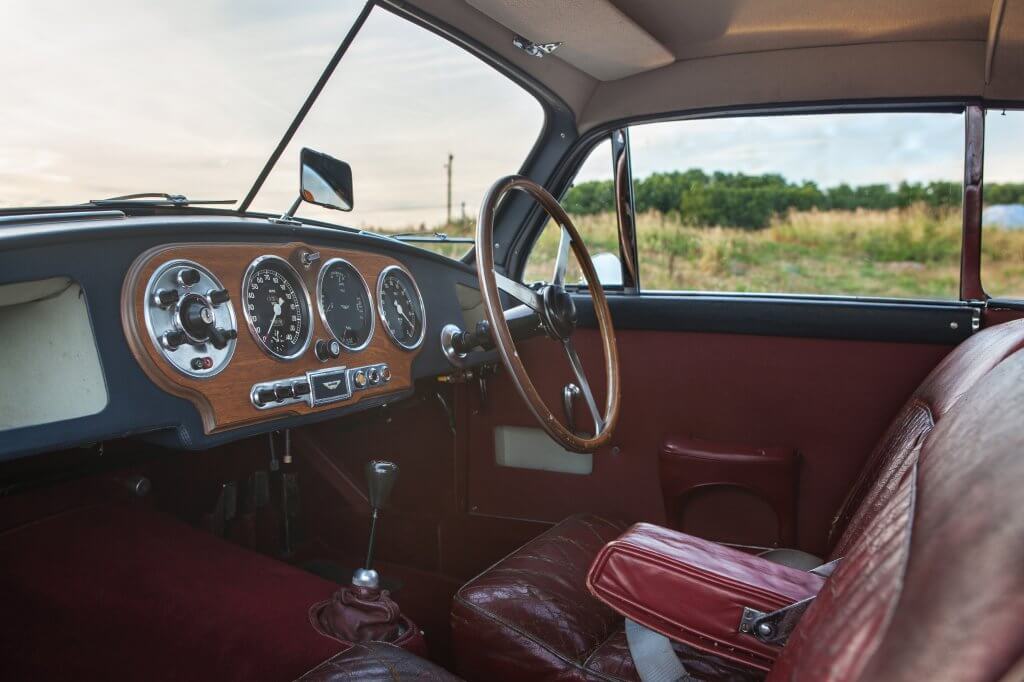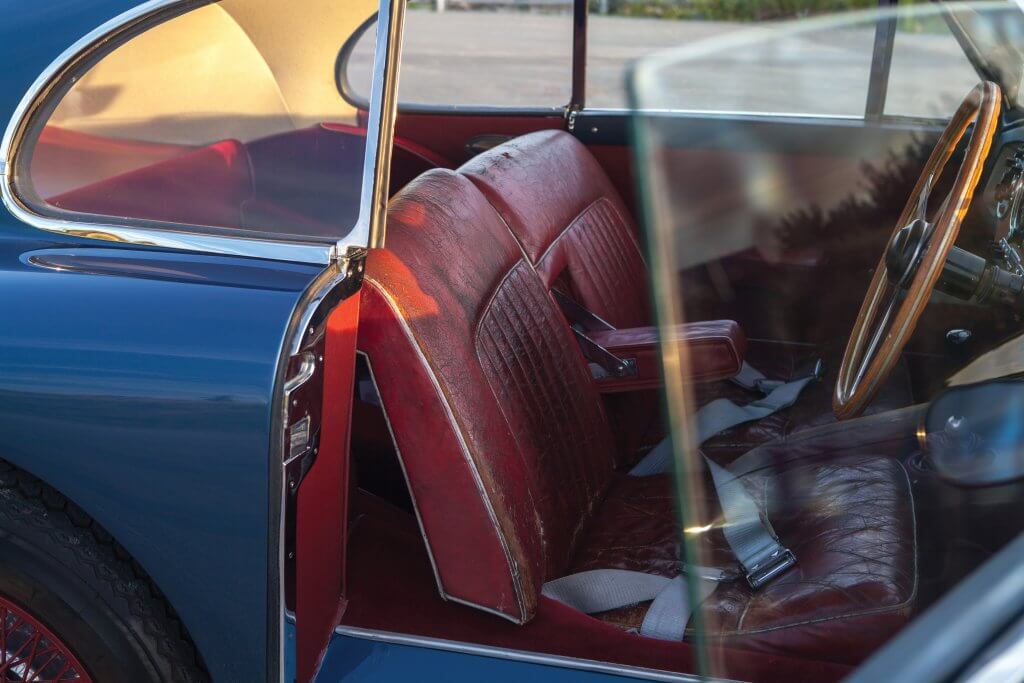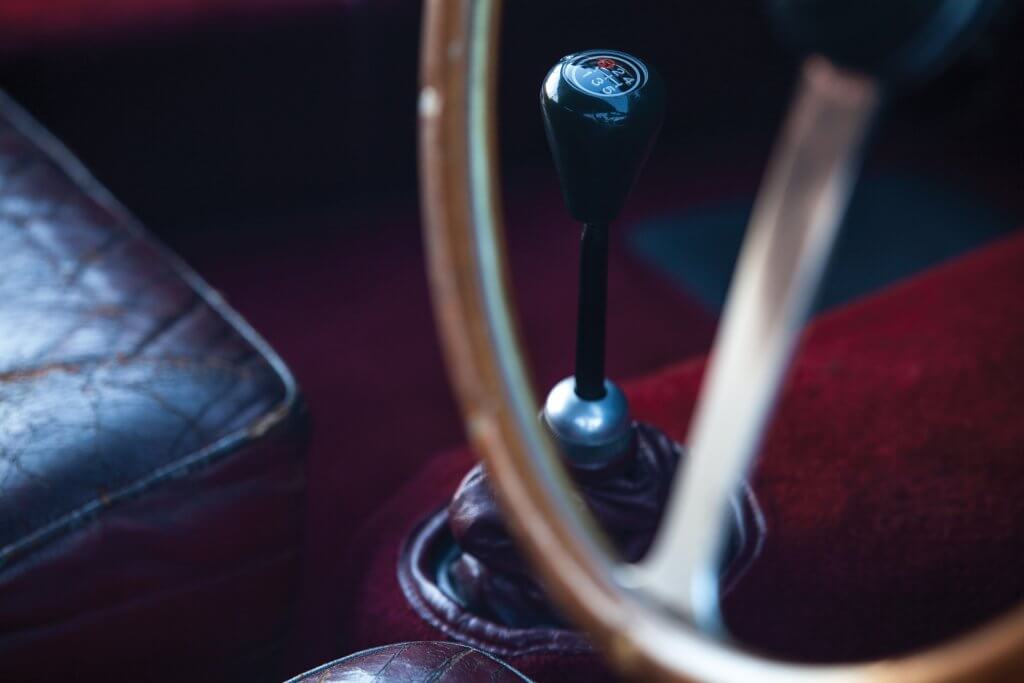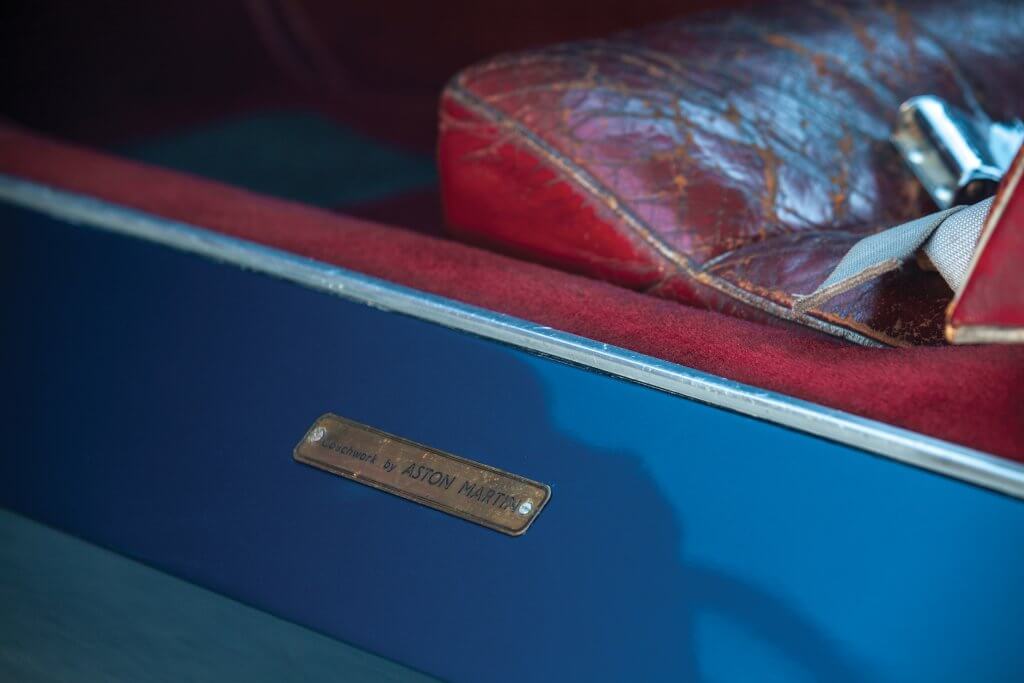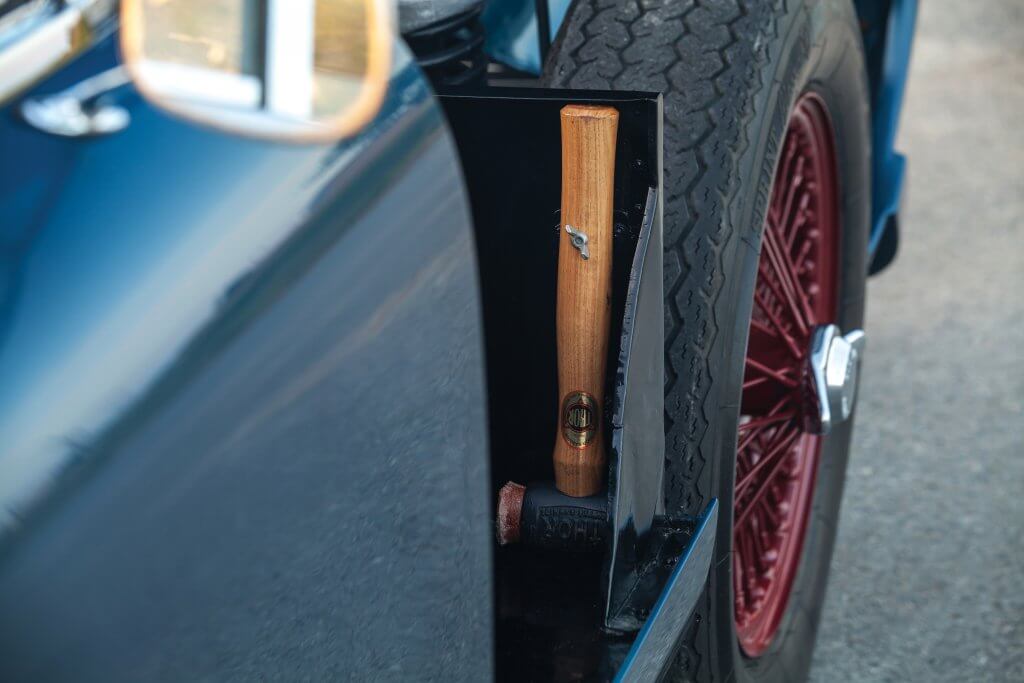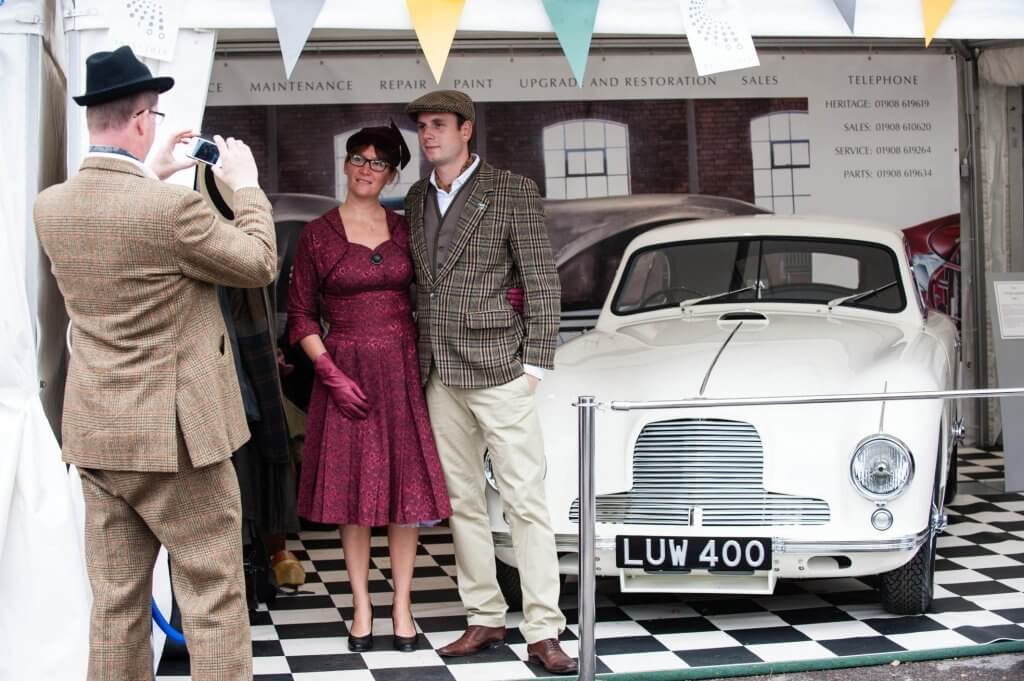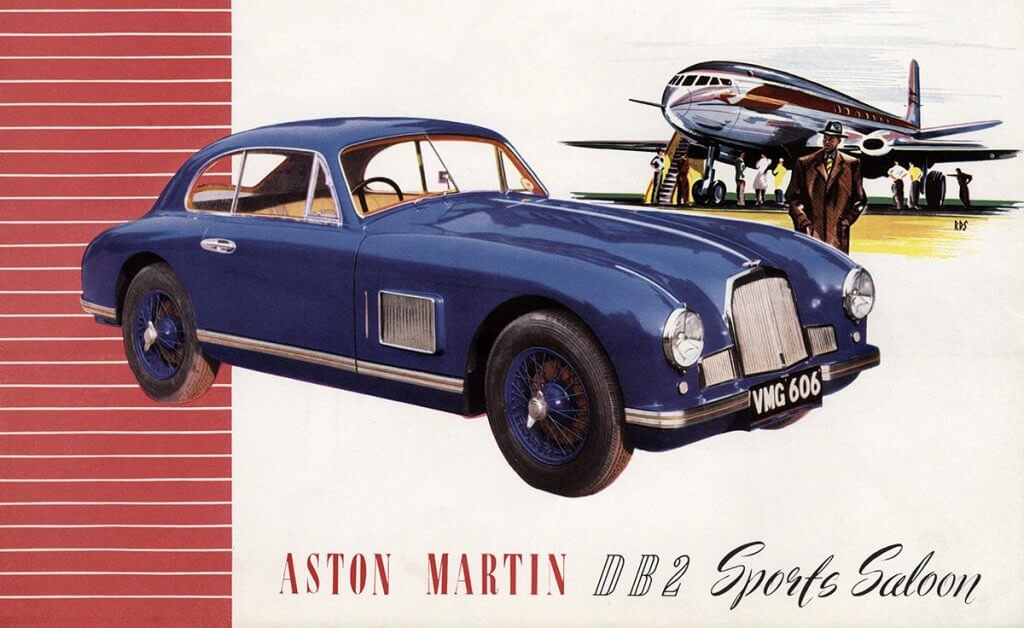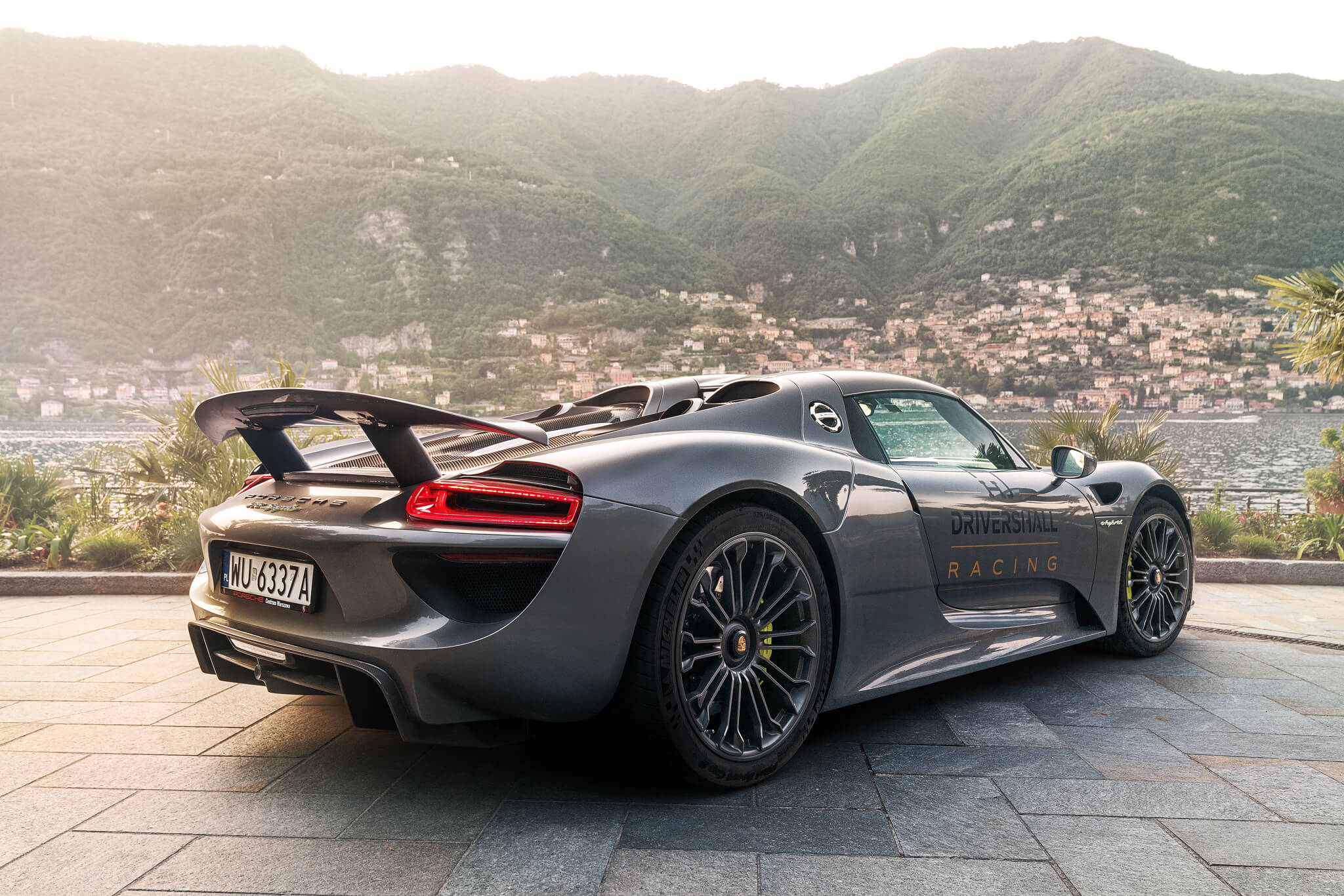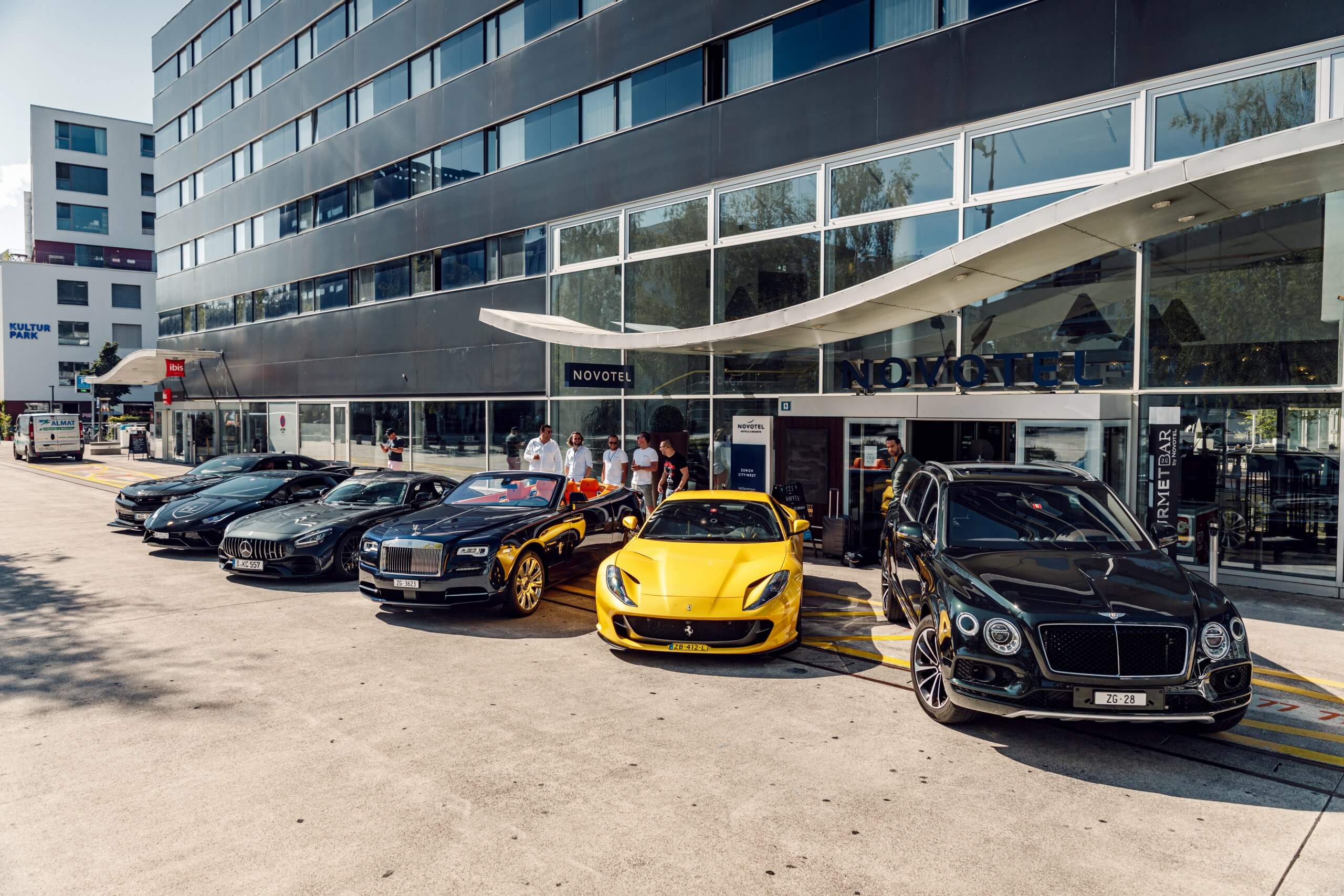Overview
When David Brown, the renowned gearbox manufacturer, acquired Aston Martin, he also bought the Lagonda brand, of solely for its inline-six 2.6-liter engine, designed by W. O. Bentley back in 1943. The first Aston of the David Brown era, DB2, was equipped with this engine and was styled by Frank Feeley. It appeared in production guise in 1950. For the period, it was quite sophisticated, with its coil-spring suspension, independent in the front and a live axle in the rear, located by a Panhard rod, and its hydraulic drum brakes. At first, the engine produced only 105 hp, but in high-compression Vantage spec this offered around 125 hp (the first time the Vantage name was used on an Aston Martin), but this version with its big carburetors and bigger inlet valves was at the time unsuitable for use in Britain, due to the low-grade gasoline then available in the British Isles (a consequence of wartime rationing). The car had a top speed of c. 185 kph and a 0-100 kph time of about 12 seconds, slightly faster if a Vantage. In the period the DB2 was praised for its great road manners and an aura of genuine sportiness, and it was also widely raced and rallied. There was, however, almost no space for baggage, and no trunk opening in the traditionally engineered aluminum body, just a small access hatch for the spare wheel.
This shortcoming was addressed in the second iteration of the DB2, the DB2/4, introduced in October of 1953, with a raised roofline, a large rear window, a smaller fuel tank, and a proper baggage compartment, accessed via a large hatch: thus the DB2/4 was probably the first hatchback car of all time. The cockpit became more comfortable in the Mk II version, and a fly-off hand brake was introduced. Produced until 1957, the 2/4 received a 3-liter engine in 1954. The venerable inline-six was modernized by the Polish-born engine genius, Tadek Marek, employed by David Brown in 1953. The reliability of the motor was greatly improved, too, due to a number of detail changes. The last iteration of the DB2/4 is the Mark III, produced between 1957 and 1959, incorporating the 3-liter motor with improvements by Marek. This is the only Aston Martin model which James Bond drives in the original Ian Fleming books, namely in “Goldfinger”, where it is equipped with a number of special gadgets. This is not widely known, as most people are only familiar with the James Bond films today, however, the DB2 series enjoys a growing recognition due to the whole classic Aston range following in the footsteps of the DB5, and becoming more popular with time.
Engine
The engine is basically strong, but due to the necessity of applying the correct torque to the engine head bolts in order to avoid head gasket problems (cylinder liners must be perfectly seated in the block) may be severely damaged if not repaired with skill. Make sure the vendor supplies not only a gapless history of the whole car but also a complete set of invoices detailing the maintenance and repairs of the engine. If in any doubt, budget for an engine overhaul right away.
Gearbox
The four-speed gearbox came from David Brown’s own gearbox company. It is slightly agricultural but generally strong. Listen for untoward sounds and make sure there are maintenance records which prove beyond any doubt what has been done.
Bodywork
The aluminum body will not rust, but check for peeling and otherwise damaged or badly repaired paintwork. Where the body meets the steel frame, electrolysis can occur, with disastrous consequences. The steel frame will also rust, and detailed inspection by a specialist is unavoidable. Wooden blocks are used as mounts for some parts, and these, of course, deteriorate with time and are not visible at first glance.
Chassis
The suspension, especially the independent front layout, requires regular maintenance (greasing, etc.). Without it, it very quickly requires an extremely costly overhaul. have a specialist check the current condition of the chassis before purchase.
Interior
Seats can always be repaired or upholstered, but it is much more difficult to source small details. Check the cabin for traces of water ingress, check that all gauges and switches work, and check the woodwork for cracks or splitting. Items can be sourced via marque clubs.
History
1950: DB2 launched
1953: DB2 production ends, DB2/4 production begins
1954: 3-liter engine introduced
1957: DB2/4 Mark III, simply known as “Mark III”, production begins
1959: Mark III production ends
How much to pay
• Project: €60,000 – €70,000
• Good: €150,000 – €250,000
• Vantage/Vantage Cabriolet: €400,000 – €500,000
The DRIVERSHALL Verdict
The Aston Martin DB2 is a characterful postwar sports car which requires careful maintenance and a lot of driving skill in order to extract the maximum driving enjoyment from it. The values in the classic car market are rising, but this should not detract from the fact that full restorations are expensive. Therefore either the best available car should be bought, after a consultation with a marque specialist, or, alternatively, a well-documented project car may be bought and a generous restoration estimate budgeted for. For the period, it is a fast car and has to be treated with the respect it deserves.
